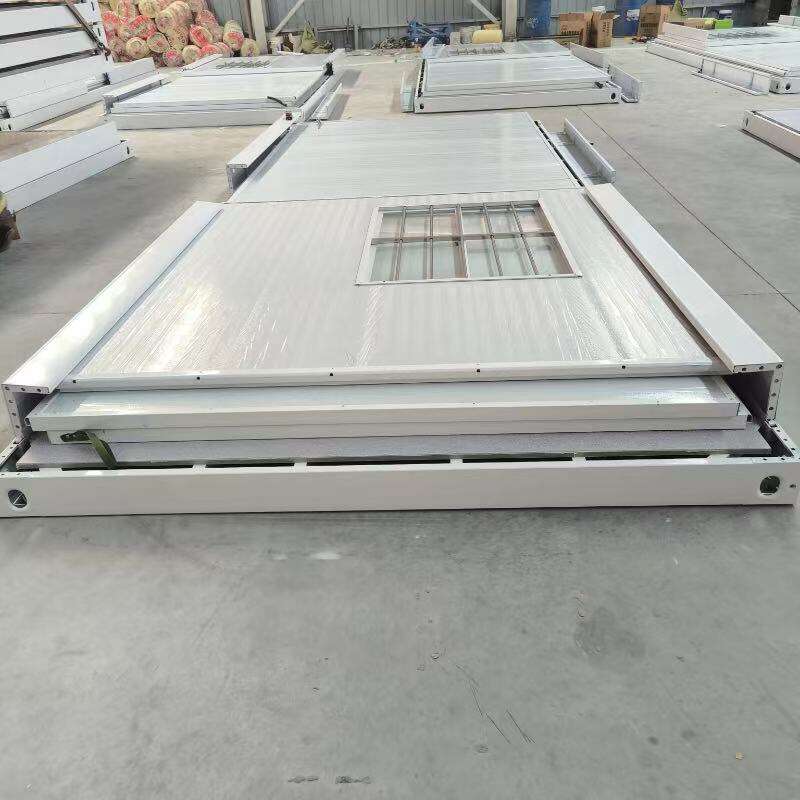The evolution of construction and design materials has brought us remarkable innovations, with cellular board standing out as a versatile and efficient solution. These engineered panels combine strength, lightweight properties, and sustainability in ways that traditional solid materials simply cannot match. Whether you're working on furniture, interior design, or construction projects, selecting the appropriate cellular board can significantly impact your project's success.
Modern cellular boards represent a perfect fusion of advanced manufacturing techniques and practical functionality. Their unique honeycomb or cellular structure provides exceptional strength-to-weight ratios while maintaining cost-effectiveness. As we delve deeper into the world of cellular boards, you'll discover how these innovative materials can transform your projects and deliver superior results.
The heart of any cellular board lies in its innovative core structure. Typically featuring a honeycomb pattern or systematic cellular arrangement, these boards consist of three main layers: the top surface, the cellular core, and the bottom surface. The core can be made from various materials, including recycled paper, kraft paper, or synthetic materials, while the surface layers often utilize high-quality wood veneers, laminates, or specialized coatings.
This sophisticated construction creates a material that excels in both structural integrity and resource efficiency. The cellular core provides remarkable strength while using minimal material, making these boards an environmentally conscious choice for modern projects.
Cellular boards boast impressive technical specifications that make them ideal for diverse applications. Their density typically ranges from 250 to 800 kg/m³, depending on the core material and structure. This relatively low density, combined with high flexural strength, makes them perfect for applications where weight reduction is crucial.
The thermal and acoustic properties of cellular boards also deserve attention. The air-filled cellular structure provides natural insulation capabilities, contributing to better energy efficiency in building applications. Additionally, these boards demonstrate excellent dimensional stability and resist warping under normal environmental conditions.

When selecting cellular board for furniture and interior design projects, consider the specific demands of each application. For furniture pieces that require high load-bearing capacity, opt for boards with denser core structures and robust surface materials. The surface finish should align with your aesthetic goals while providing adequate durability for daily use.
For cabinet doors, partitions, and decorative panels, focus on cellular boards that offer superior flatness and stability. The surface material should accept various finishes and treatments, allowing for customization to match your design vision.
Construction projects demand cellular boards that meet specific building codes and performance requirements. Look for products with appropriate fire ratings, moisture resistance, and structural capabilities. The thickness and density of the board should align with load-bearing requirements and installation methods.
Industrial applications might require specialized cellular boards with enhanced chemical resistance or specific thermal properties. Consider the environmental conditions the board will face and select appropriate surface treatments and core materials accordingly.
The environmental footprint of cellular boards extends beyond their lightweight nature. Many manufacturers now prioritize sustainable sourcing practices, utilizing recycled materials for core structures and responsibly harvested wood for surface layers. Understanding the manufacturing process and material origins helps make environmentally conscious choices.
Look for cellular boards certified by recognized environmental standards, such as FSC or PEFC. These certifications ensure the materials come from sustainable sources and the manufacturing process meets environmental guidelines.
The lifecycle impact of cellular boards deserves careful consideration. Many modern cellular boards are designed for easy recycling or biodegradability at the end of their useful life. Some manufacturers offer take-back programs or recycling guidelines to ensure proper disposal and minimal environmental impact.
When selecting cellular boards, inquire about their end-of-life options and choose products that align with your sustainability goals. This forward-thinking approach contributes to more environmentally responsible construction and design practices.
Cellular boards offer significant weight reduction while maintaining structural integrity, thanks to their engineered core structure. Unlike solid wood panels, they provide better dimensional stability, are more resource-efficient, and often cost less while delivering comparable or superior performance in many applications.
With proper selection and installation, cellular boards can last for decades. Their longevity depends on factors such as usage conditions, environmental exposure, and maintenance. Indoor applications typically see the longest lifespan, while exterior or high-moisture environments may require specialized cellular board varieties.
Yes, cellular boards offer extensive customization options. Manufacturers can adjust core density, surface materials, thickness, and finishing options to meet specific project needs. This flexibility makes them suitable for a wide range of applications, from furniture to architectural elements.